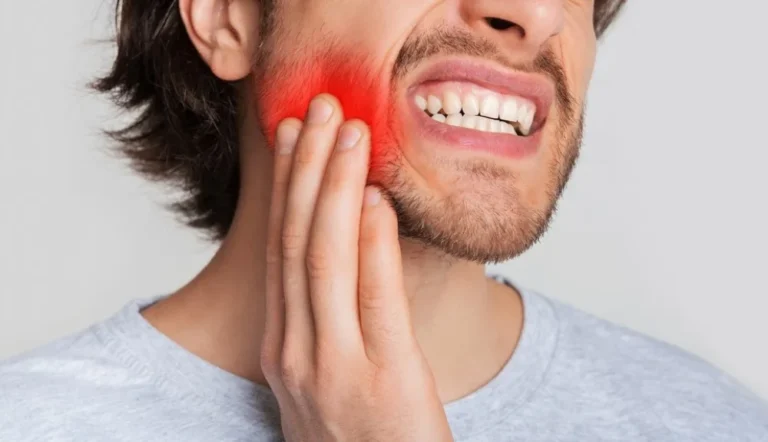Wrinkles: Embracing the Beauty of Aging and Radiant Skin
With their ability to capture moments of stress, laughter, and everything in between, wrinkles tell the tale of our lives. Let’s face it, they’re not always welcome, but they’re a normal part of aging. Some may prefer to maintain their skin looking smoother, while others may view them as evidence of experience.
What causes wrinkles, therefore, and is there anything we can do to prevent them? There is much to discover about these tiny lines and their significance for our life’s journey, from comprehending their origins to learning how to take care of our skin.
1. Understanding Wrinkles: What Are They?
As we age, wrinkles—folds or creases—appear on the skin, usually most prominently on the hands, neck, face, and forearms. They develop when the skin loses its capacity to regenerate as a result of a gradual decline in its flexibility and moisture content. As we age, our bodies undergo this process, which is very normal.
The structure of the skin has a big impact on how wrinkles appear. As we age, the proteins collagen and elastin, which keep our skin smooth and firm, start to degrade. Particularly in regions that are regularly exposed to the sun or where facial emotions are most prevalent, this slow decline results in noticeable lines and wrinkles.
But aging isn’t the only factor that causes wrinkles. Their appearance can be accelerated by lifestyle choices, genetics, and environmental circumstances. The surface of each person’s skin is shaped throughout time by a combination of factors, including stress and pollution. For instance, much as good care may restore the vitality of your skin, Epsom salt can revitalize plants, such as ferns.
2. The Different Types of Wrinkles

Depending on their origin and appearance, wrinkles can take many various forms. Think of laugh lines and crow’s feet as examples of dynamic wrinkles, which are the ones you see when you scowl, laugh, or smile. These are transient, but as skin matures, they may become more noticeable.
However, even while your face is at rest, you might see static wrinkles. Years of repetitive expressions, gravity, and collagen loss all contribute to the formation of these deeper lines. Lines around the mouth and on the forehead are typical examples.
Lastly, there are fine lines, which are the faint wrinkles that frequently appear first. Dehydration or the skin’s early lack of suppleness are typically the causes of these. Knowing these kinds can assist you in selecting the best course of action for properly managing and caring for your skin.
3. Causes of Wrinkles: From Lifestyle to Environment
Age is the most common source of wrinkles, though there are other causes as well. Skin becomes thinner and less resilient as a result of the body producing less collagen and elastin over time. This increases the likelihood of wrinkles and lines developing.
Another significant offender is an external cause, such as UV radiation. Deeply into the skin, the sun’s rays tear down collagen, resulting in premature aging. Limiting direct exposure and using sunscreen can significantly lessen this harm.
Lifestyle decisions are also very important. Smoking, sleep deprivation, and dehydration can hasten the development of wrinkles. Over time, even repetitive facial expressions like frowning or squinting play a role. Wrinkles can be avoided with easy adjustments like drinking enough water and controlling your stress.
4. Skincare Solutions for Wrinkles

One of the finest strategies for managing wrinkles is to take good care of your skin. Using products that increase the production of collagen, including those that contain retinoids or peptides, can help eliminate fine wrinkles and improve the texture of the skin.
Regular moisturizing is yet another crucial step. Skin that has received enough water is more robust and better able to withstand the ravages of aging. Look for creams that contain hyaluronic acid, which plumps up the skin’s surface and retains moisture.
Don’t undervalue the importance of sunscreen either. Using an SPF every day shields your skin from UV radiation, which is one of the main causes of early wrinkles. As crucial as maintaining current lines is preventing damage.
5. Lifestyle Habits to Reduce Wrinkle Formation
Your skin’s aging process can be greatly influenced by healthy behaviors. Antioxidants such as vitamins C and E, which are abundant in a balanced diet, promote skin health from the inside out. These nutrients aid in the fight against free radicals, which degrade elastin and collagen.
Sleeping sufficiently is equally vital. Your body, especially your skin, heals itself while you’re sleeping. To give your skin the time it needs to heal and regenerate, try to get between seven and nine hours every night.
Last but not least, maintaining an active lifestyle and controlling stress benefits skin health in general. Frequent exercise increases circulation, which helps the skin receive nutrients and oxygen. Over time, stress management—whether via mindfulness exercises or pastimes—helps preserve the resilience and natural radiance of your skin.







